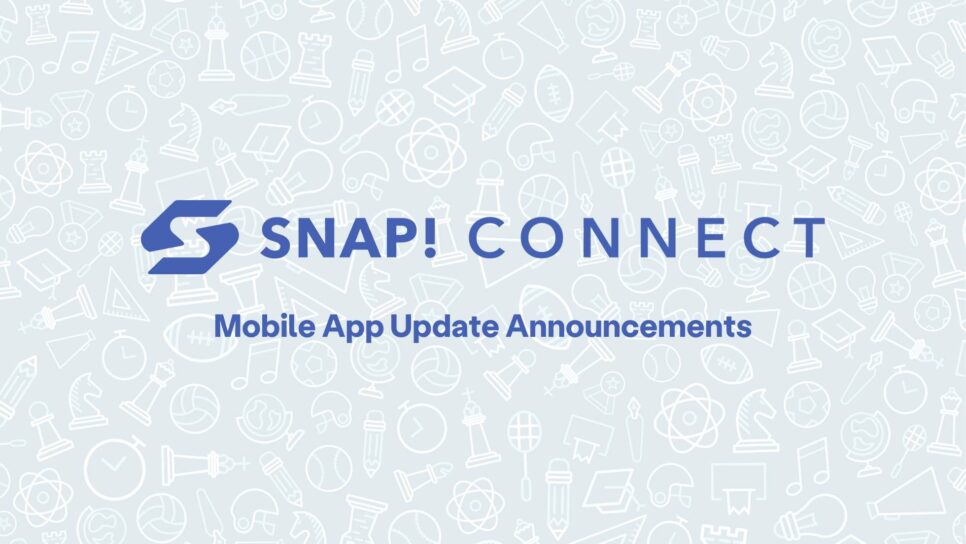

There is no doubt that effective communications between parents and schools contribute to a student’s successful education. However, it’s hard for some families to connect with teachers and schools. Barriers like language, access, and adult literacy create a gap in parent-school communication and can leave parents feeling frustrated. So, how do you reach these out-of-touch parents? and are they disengaged by choice?
Communication Barriers
While there can be various barriers to communication, these are some of the situations that have been identified as frequently contributing to the disconnect between school and home.
-
Confusing expectations:
It’s hard enough for many families to even get their children to school on time. So some of these parents don’t always assume that an additional contribution is necessary. They may assume their child’s education is in the hands of very capable teachers who are the education experts. However, when schools explicitly discuss parents’ roles, families can see how their participation can make a positive difference. Thus, they may decide to get more involved, making communication easier since everyone is on the same page.
-
Work schedules:
Parents who have a more flexible or predictable work schedule tend to be more engaged. But many parents don’t have those luxuries, and getting time off work for events and conferences is a real difficulty. But it doesn’t have to all be on parents, schools can offer support to help with work schedule challenges. When parents are offered that help, they feel supported, and it makes a difference in how they respond and how much more they are engaged.
-
Resource issues:
Even when parents can schedule time off, it can place a strain on them regarding transportation or childcare for other children. Or, they simply may not have access to the internet, especially while on the job. These hardships make engagement nearly impossible for these parents. To help remedy the problem, districts can offer resource assistance like travel, subway passes, carpool organization systems, and even videos of events and other virtual ways to conference. That kind of support can make all the difference to strained parents and help them get the information they need.
-
Custodial complications:
Many students come from split family arrangements or are raised by other members of the family (or even foster care). So, you may not know who the primary point person is for these communications. To reach disengaged parents or guardians in these situations, schools can take the initiative to find the primary person. This is often best navigated by the school social worker or counselor.
-
Language or literacy challenges:
For students in families where English is not their first language or where there are adult literacy barriers, this creates a significant challenge for parent-school communications. The best solution is to gather all related information and be sure there are effective translation options and means by which those with literacy challenges can consume the information. Reaching out goes a long way to cross these divides.
-
Prior bad experiences with schools:
Some families new to a district may have had previous experiences that left them disengaged and distrustful. Approach it head-on, and identify opportunities for bridging the gap and working through mutually determined goals. Bring them back into the fold, and they will likely become some of your most engaged families.
How analytics can help you reach disengaged parents
Having analytics at your fingertips can help you identify and understand parents who aren’t engaged while providing ideas for solutions. In-app analytics can help you pinpoint parent engagements, how they use the app, and more specifically, what kinds of activity they are accessing. This enables you to identify the kinds of engagement issues discussed above by tracking and monitoring patterns that you can then address more directly.
Analytics can report on:
- Patterns in parental engagement and activity.
- Changes in real-time.
- Comparisons from week to week.
- Overviews of district-wide statistics by geography and other metrics.
Snap! Connect is the communication hub that connects everyone in the school district — administrators, teachers, parents, and students. Snap! Connect’s advanced analytics capture, examine and report to help address the challenge of improving communications between families and schools.
Contact us for a demo or to learn more.





